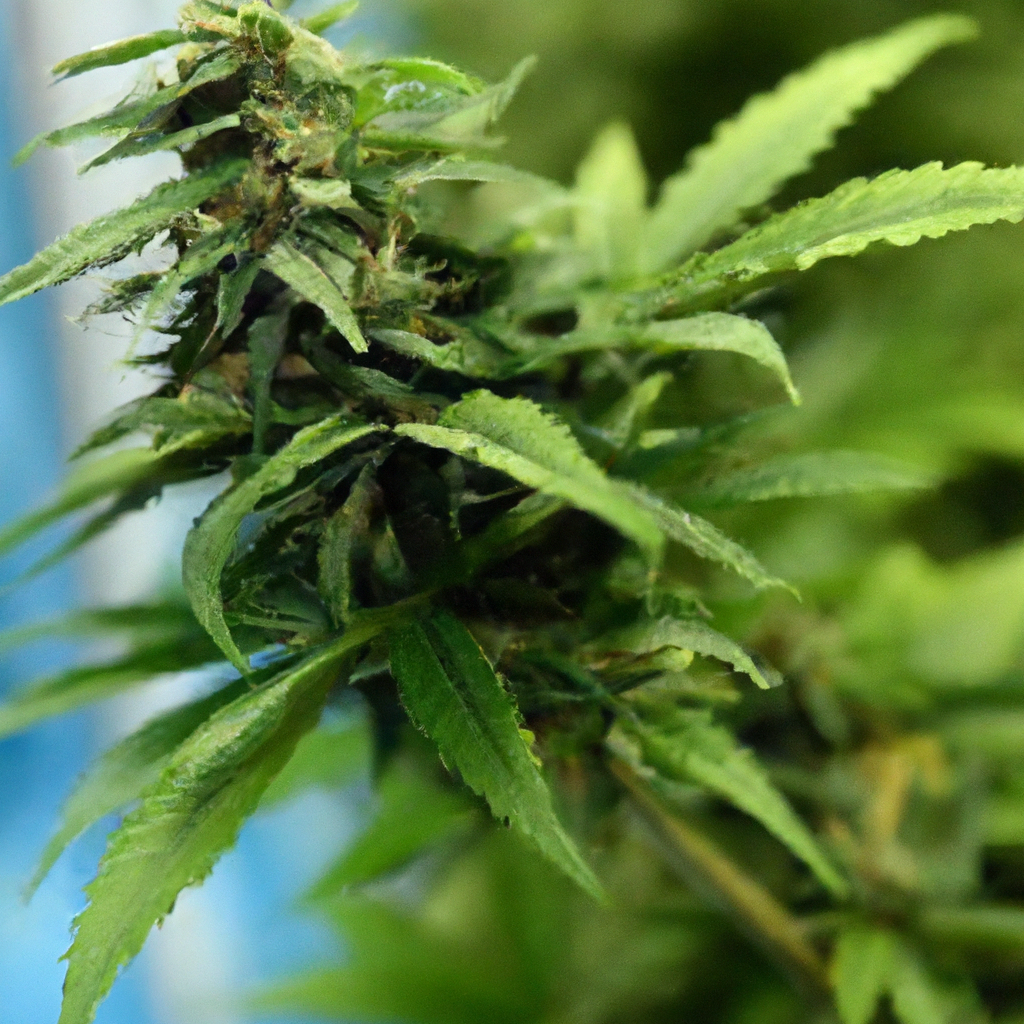Welcome to another flavorful installment of “Put This in Your Pipe and Smoke It,” where we delve into the intricacies of cannabis cultivation. In this edition, we’re focusing on mastering the art and science of cannabis harvesting. As someone who’s spent over three decades growing in Colorado’s high-altitude climates, I know firsthand the importance of timing and technique when it comes to getting your coveted crops from stalk to storage.
The Importance of Timing: Knowing When to Harvest
Understanding the right time to harvest your cannabis plants is like knowing when to pick a ripe fruit. Harvest too early, and you miss out on potency; too late, and you risk degrading essential compounds. Here’s a simplified guide:
- Trichome Observation: Use a magnifying glass or microscope to inspect the trichomes. Milky white signifies peak THC levels, whereas amber indicates more CBN, associated with sedative effects.
- Pistil Color: When 70-90% of the pistils have darkened from white to orange or brown, it’s a sign that the plant is reaching maturity.
- Fan Leaves: Some growers notice that the large fan leaves will start to yellow as the plant diverts energy to buds – another maturity sign.
Harvesting Procedure: From Cut to Cure
Let’s walk through the harvesting procedure step-by-step:
- Preparation: Ensure you have sharp trimming scissors, latex gloves, and sterilized jars for curing.
- Cutting: Cut branches as close to the main stem as possible.
- Trimming: Trim excess leaves while the plant is fresh. Collect sugar leaves for edibles or concentrates.
- Drying: Hang trimmed branches upside down in a dark, ventilated area with a temperature around 60-70°F and humidity at 45-50%. This usually takes 7-14 days.
- Curing: Once dried, place buds in airtight jars. Open jars daily for 10-15 minutes (burping) to release moisture.
Environmental Control: Making the Most of Colorado’s Climate
Cannabis cultivation in Colorado presents unique challenges and opportunities due to its high-altitude environment:
- Humidity Management: Maintain indoor grow rooms at 55-60% RH during veg and lower it to 45-50% RH during flowering.
- UV Exposure: Additional UV lighting can simulate the high UV environment, improving resin and terpene production.
Harvesting and Sustainability: A Balancing Act
One of my personal mantras is “healthy roots, healthy buds, happy harvests.” Utilizing sustainable methods not only supports the environment but also improves your yield.
- Organic Soil: Using organic soil helps in retaining moisture, which can lead to saving thousands of gallons of water annually.
- Drip Irrigation: Implements water-efficient systems to minimize waste, particularly vital in arid climates like Colorado.
Conclusion: Crafting a Harvest Story
Successful cannabis cultivation is more than just planting a seed. It’s about understanding the nuances of nature, embracing your environment, and mastering timing. As we say in Colorado, “The altitude makes us tougher—and so does our weed.” So, as you venture into your next harvest, remember that the right knowledge and practices make all the difference in achieving those luscious, potent buds.
For further insights and to share your harvest stories, visit my blog MagicGreenGrow.com. Let’s grow greatness together!


Leave a Reply